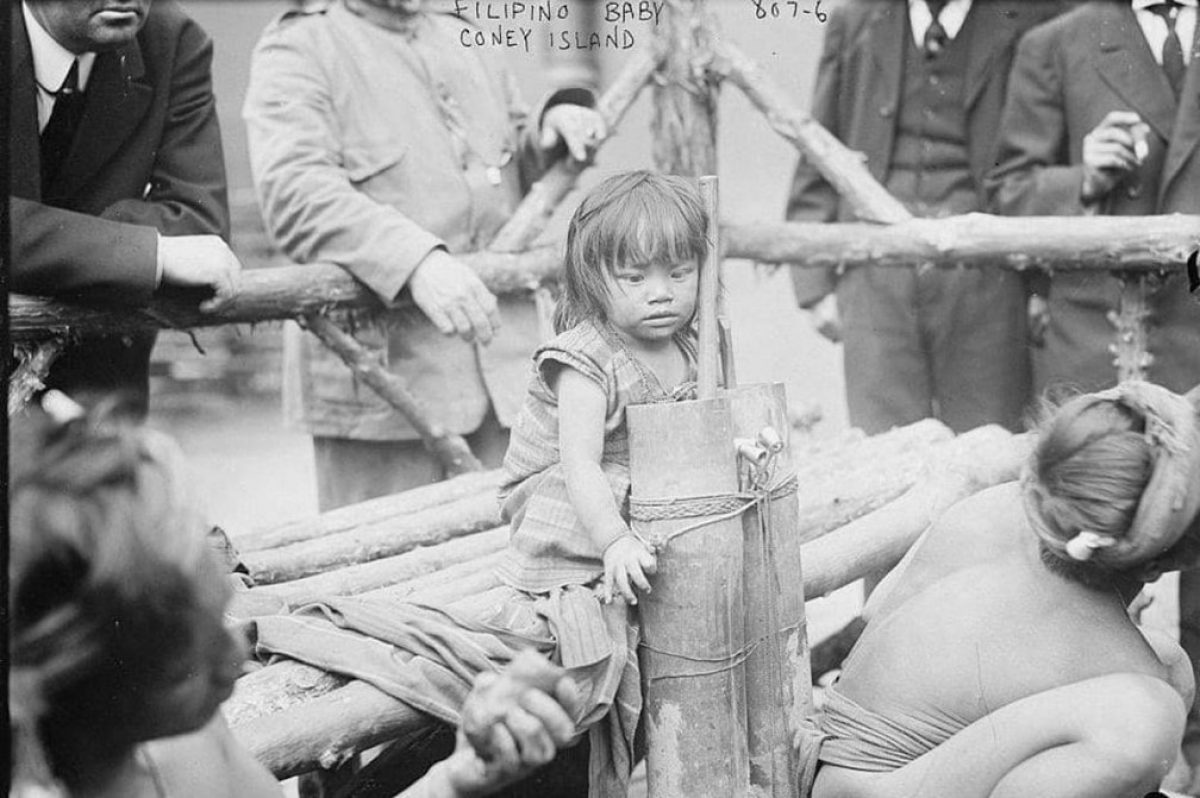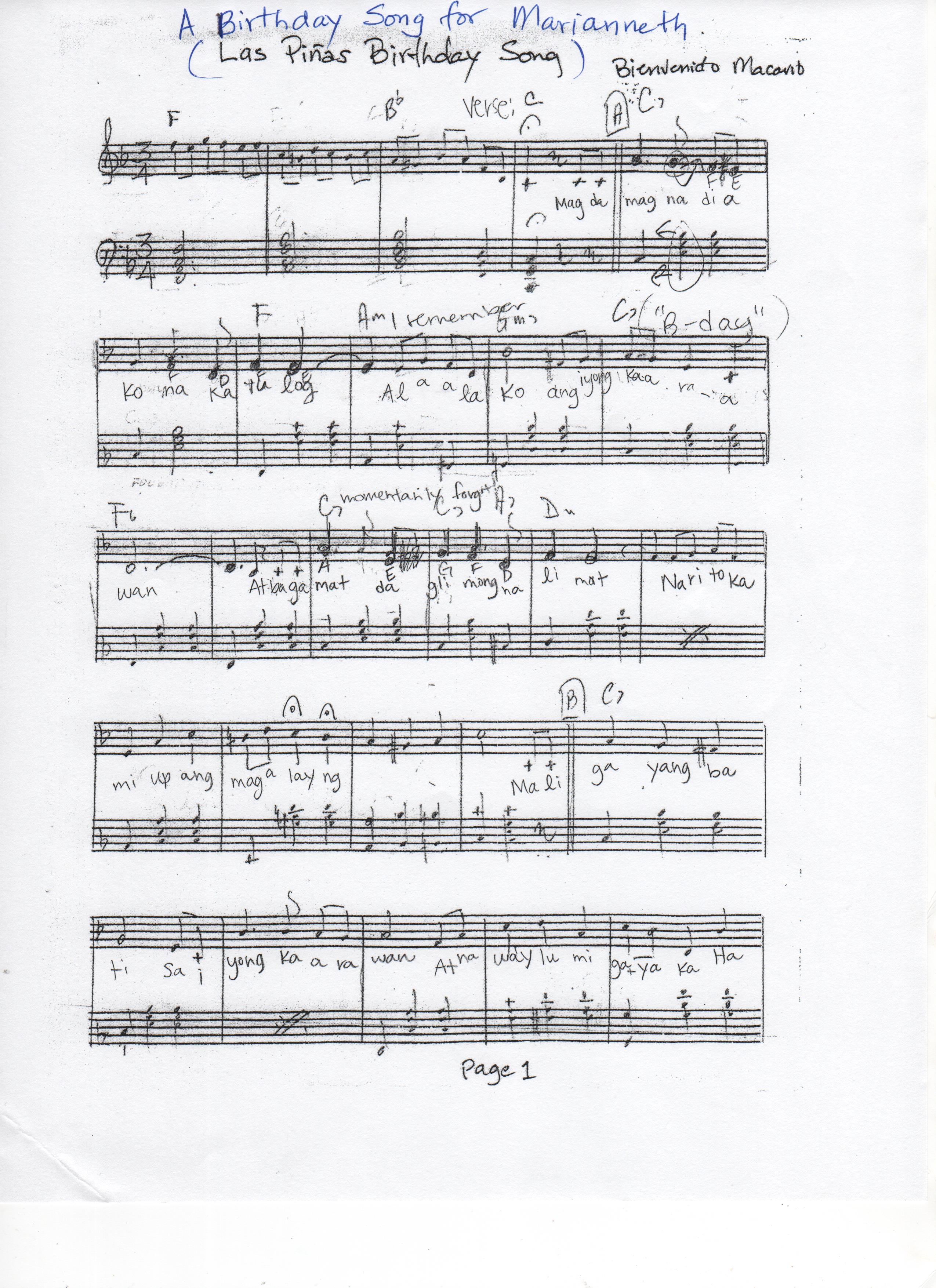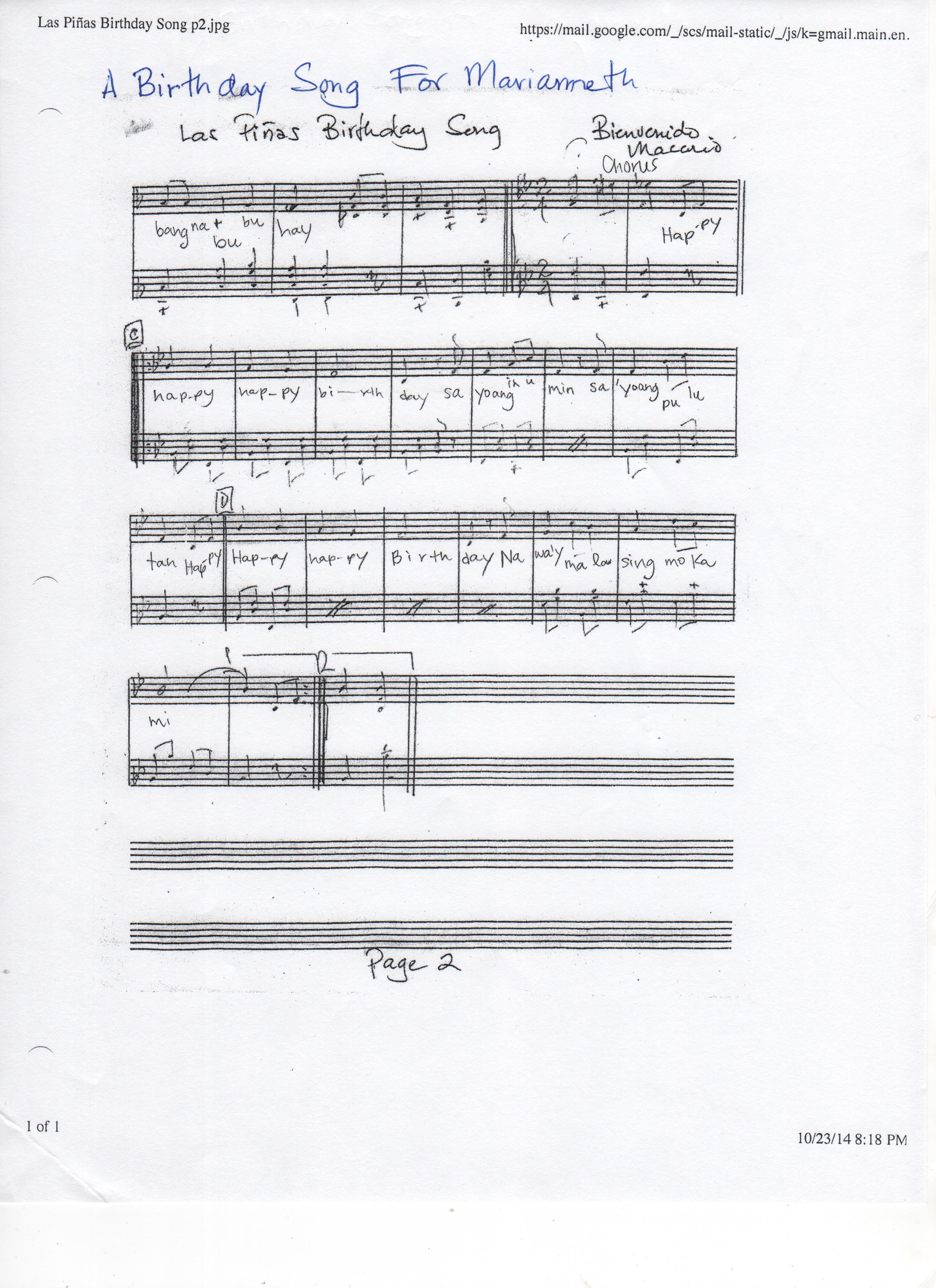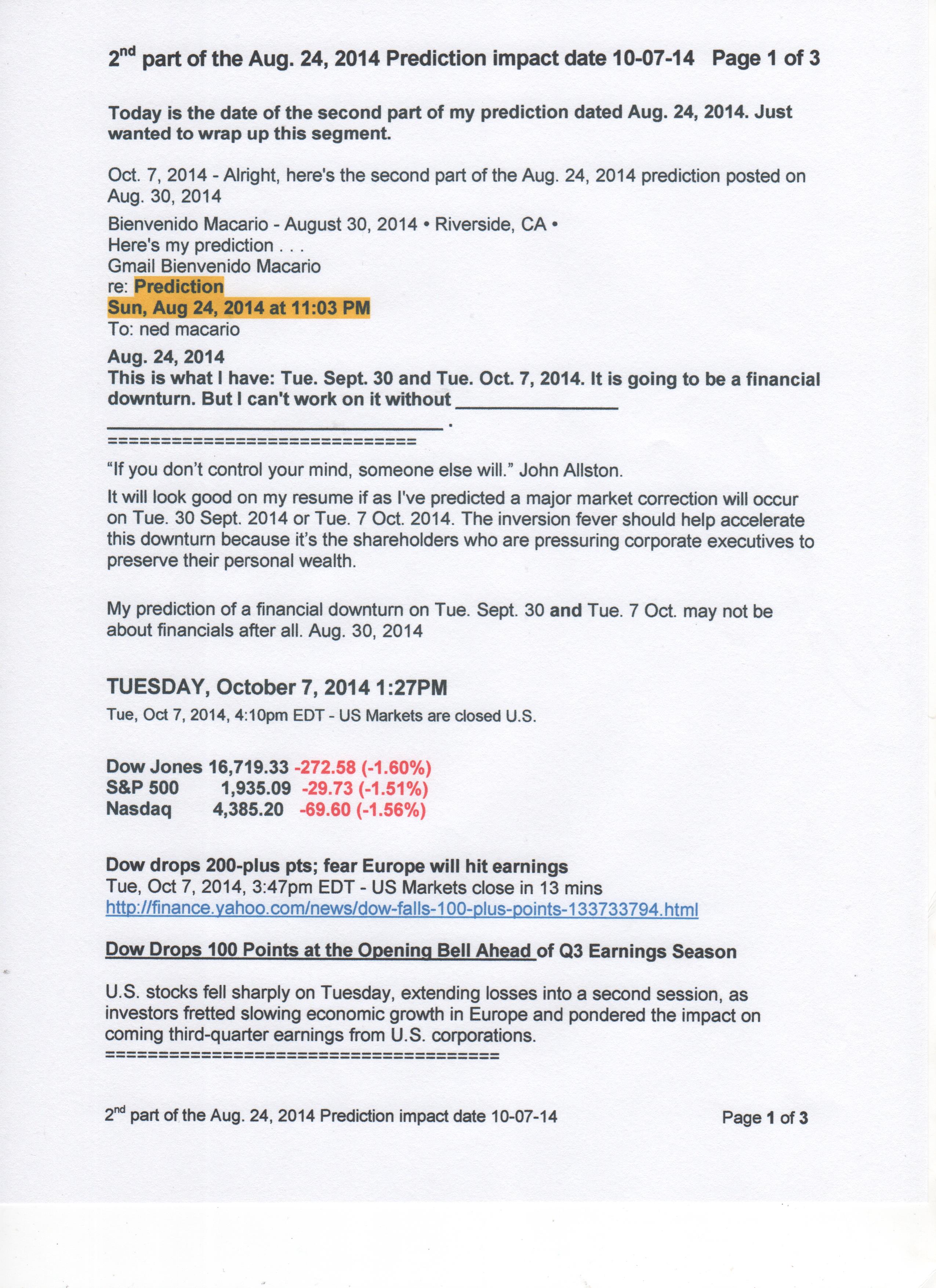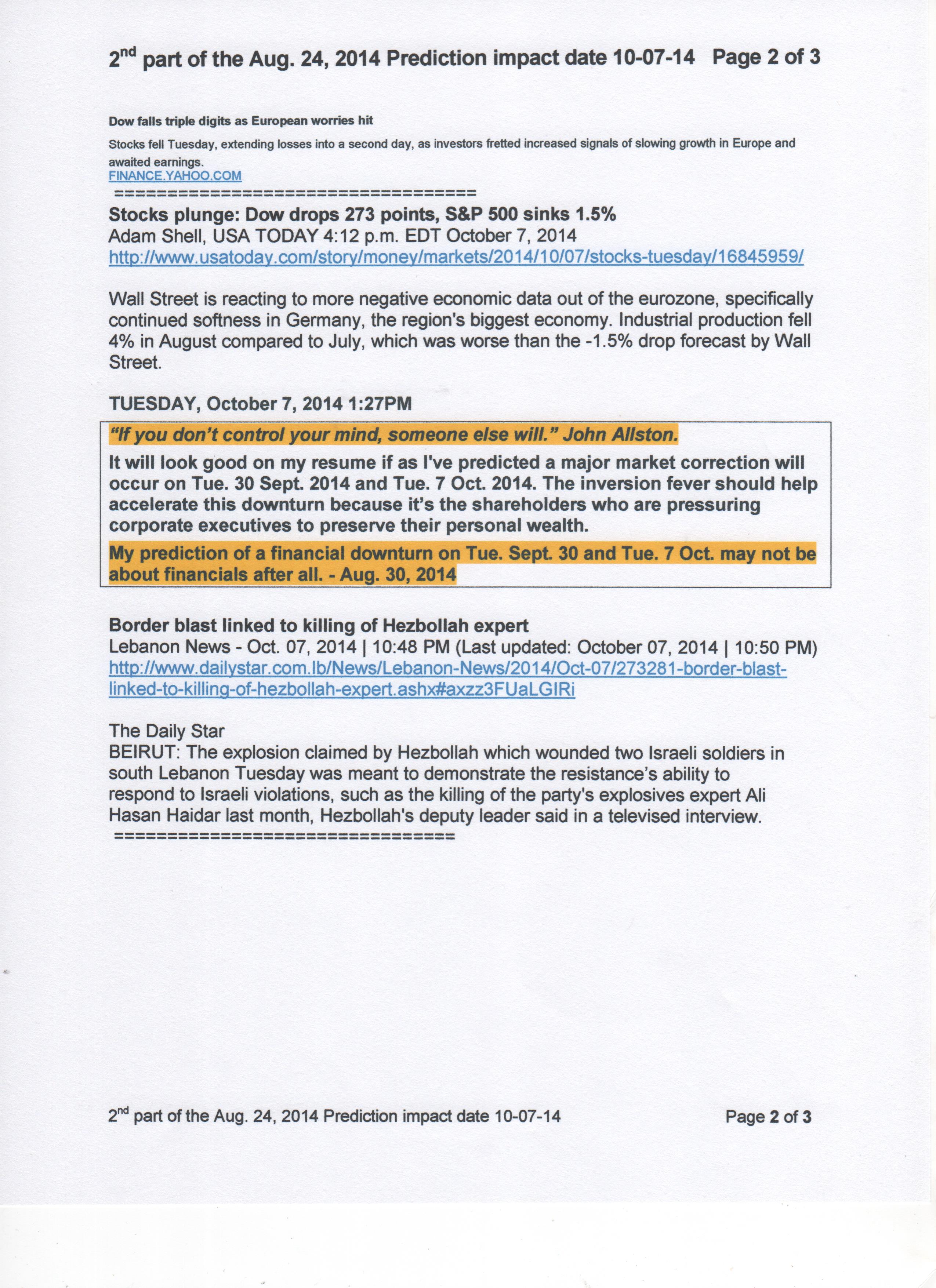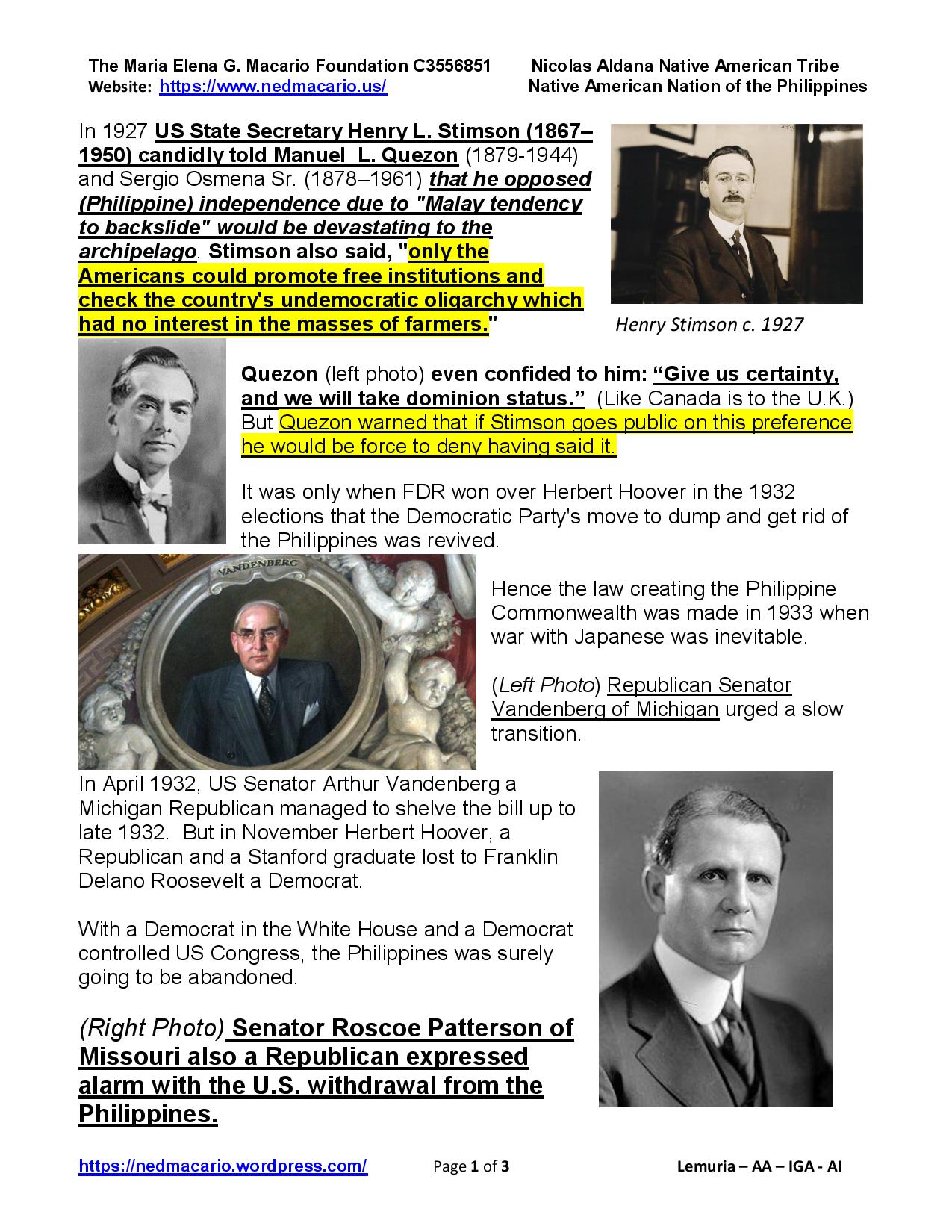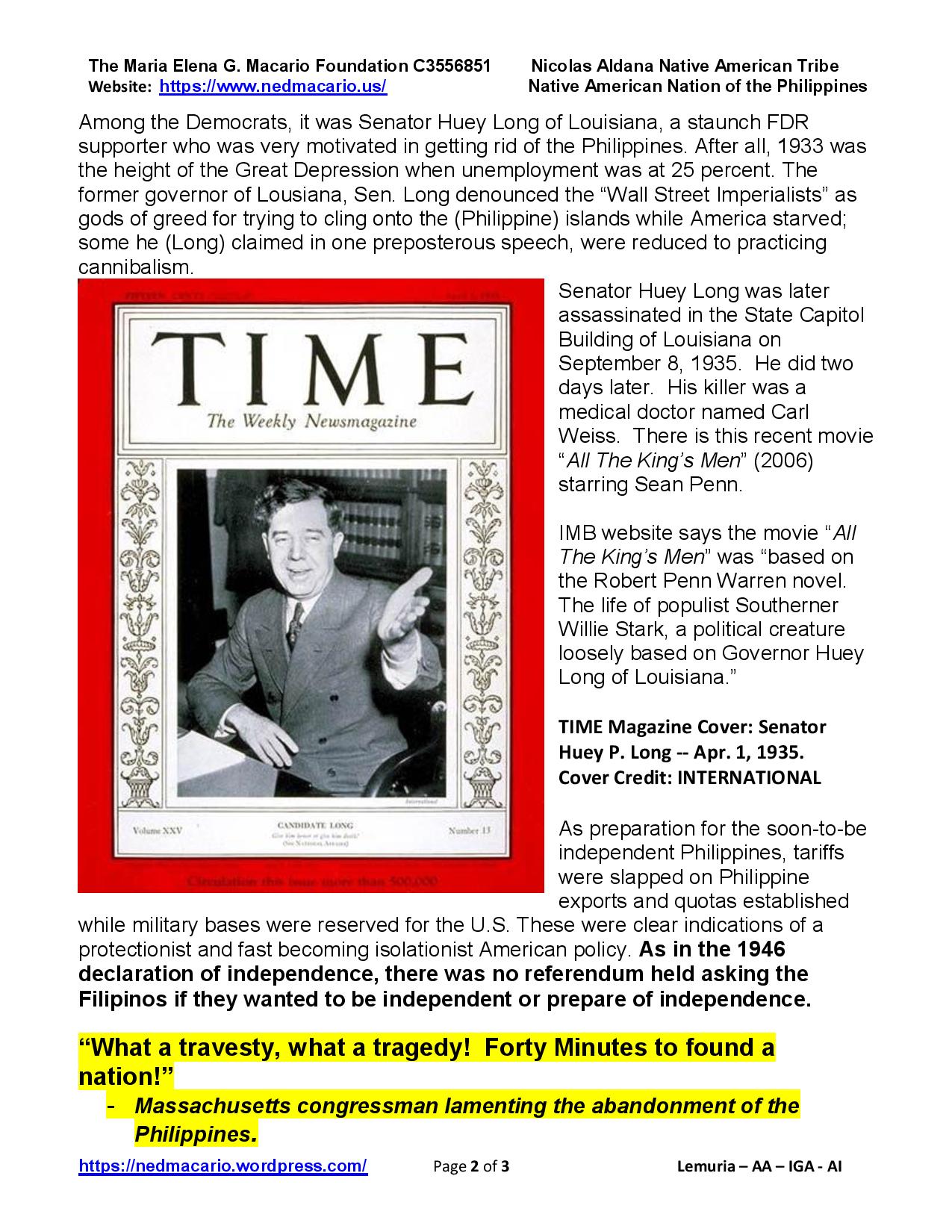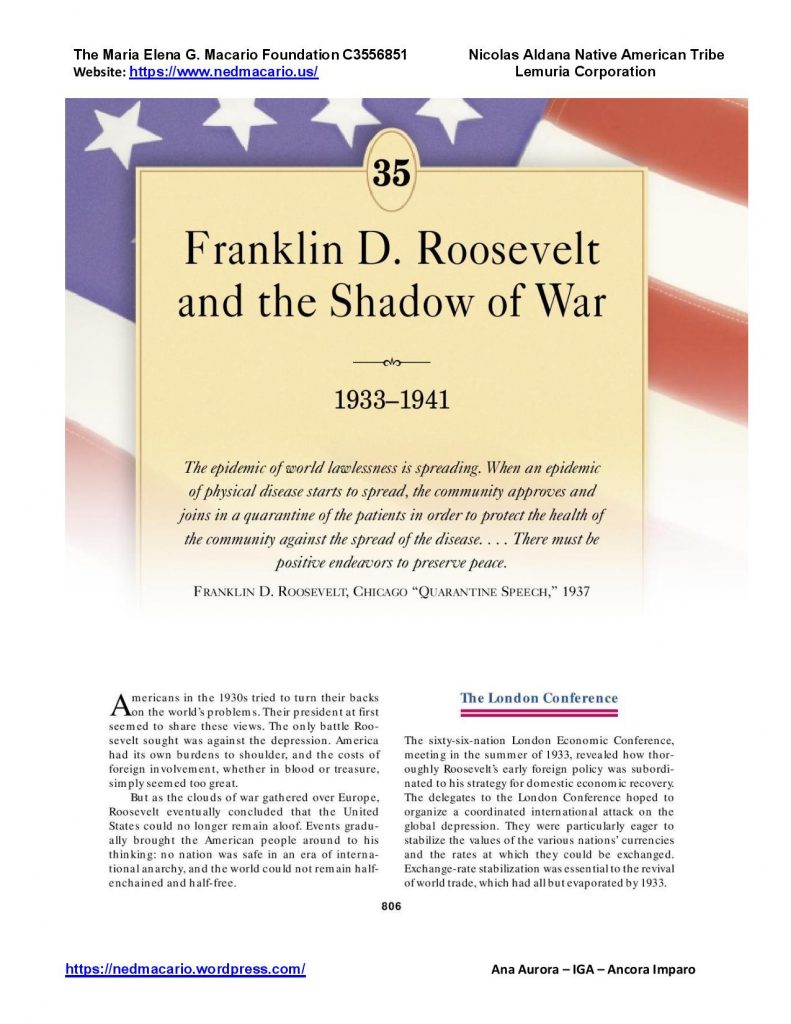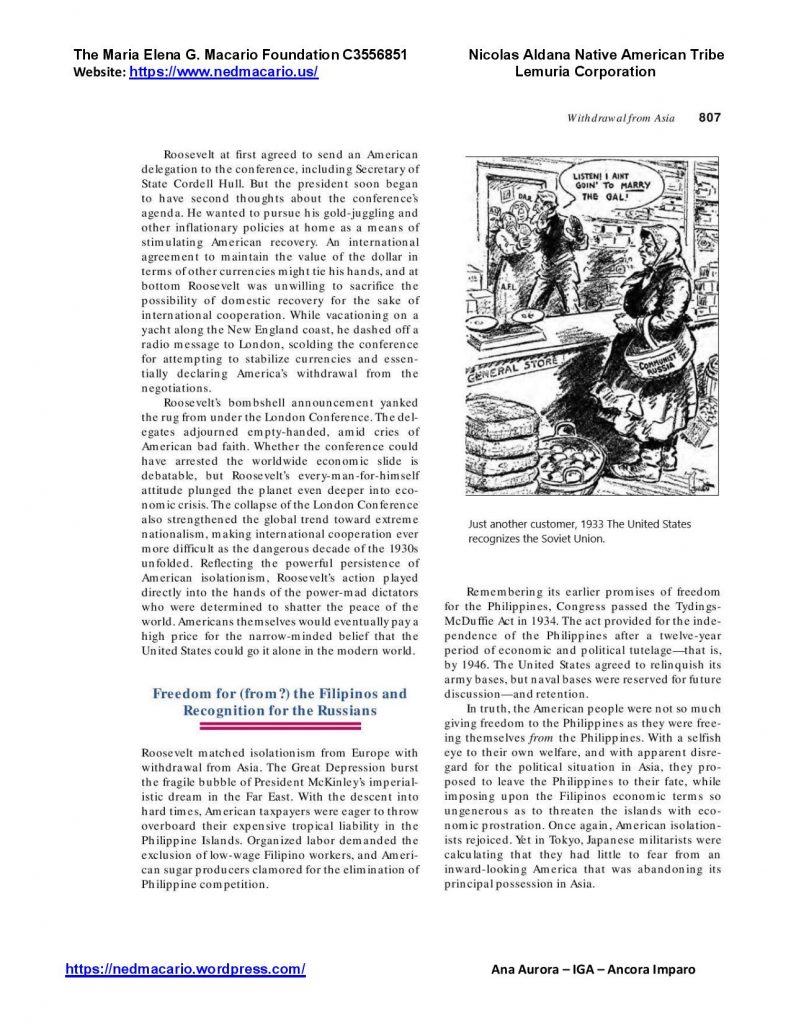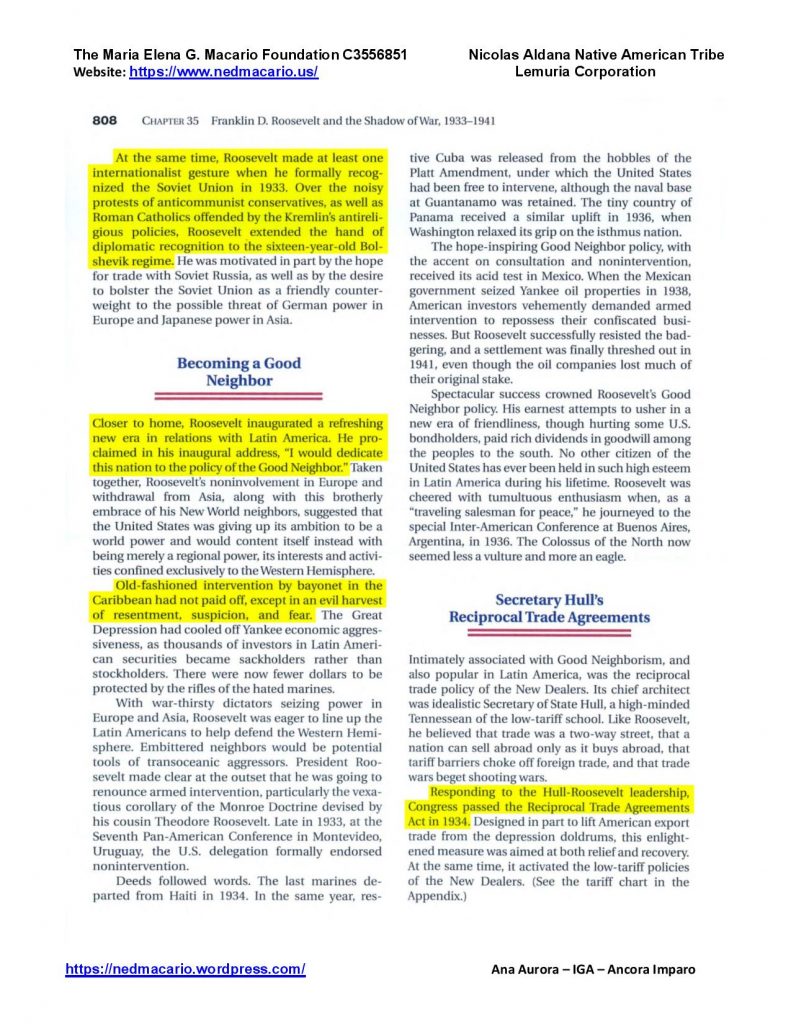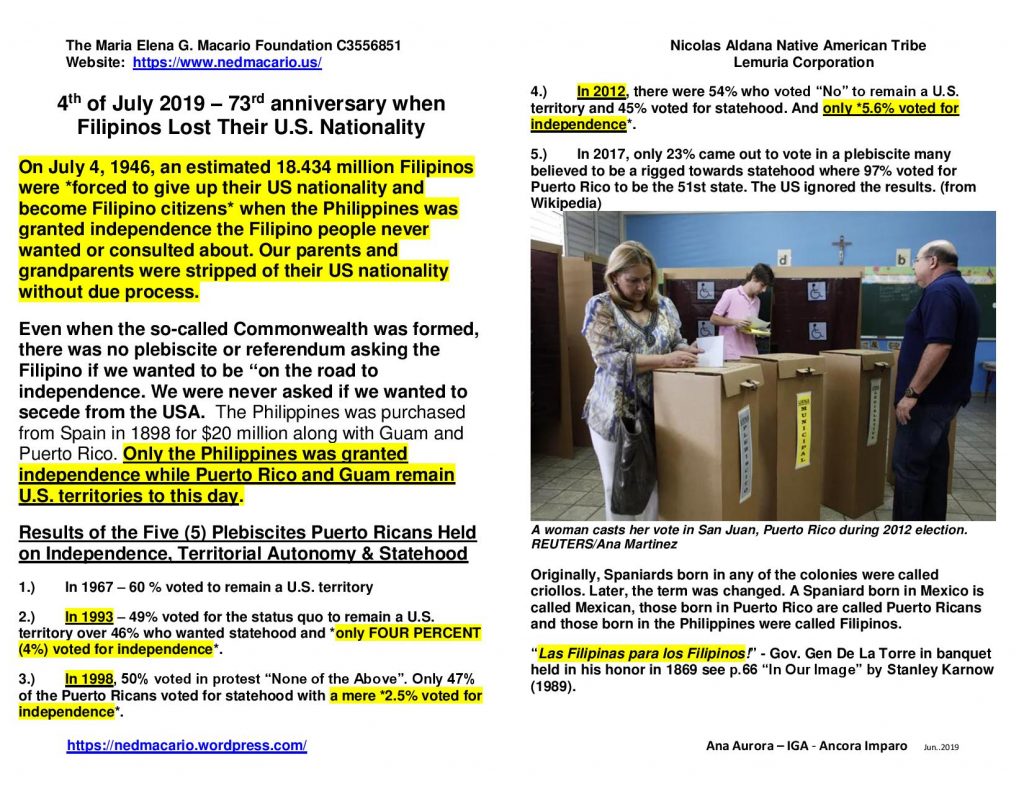October 27, 2014
The World Bank, IMF and the U.N. will continue to aid and abet oppression and the undemocratic oligarchy in the Philippines. But we will all be judged by history. Facebook is the best thing that ever happened to civilization. We can no longer deny not knowing what is happening in the Philippines.
In Dec. 2007, the World Bank went ahead forgiving $16.5~ Billion debts of the poorest nations in Africa. (See Zero Sum Game of Global Finance Yet today there is still hunger and starvation. But it’s different now. We have Ebola virus that infected at least two health care workers in Dallas, TX.
US: on the Financial Crisis and Bailout (Bienvenido Macario, Philippines) –
September 25, 2008
http://waisworld.org/go.jsp?id=02a&objectType=post&o=24935&objectTypeId=19185&topicId=1
Zero Sum Game at $16 billion 02-20-2008
As of Oct. 01, 2010
US National Debt – $13.5 Trillion
Per Citizen – $43,602
Per Taxpayer – $121,650
Link: http://www.usdebtclock.org/index/html
Calif. State budget deficit per news story 02-20-08 $16.0 Billion *
World Bank’s Debt Forgiveness fund as of 12-14-07 $16.5 Billion ~
Total net worth of Forbes’ 40 Richest Filipinos 10-18-07 $16.2 Billion +
=================================
Record Funding for World’s Poorest Countries as of 12-14-07
December 14, 2007
The record donor pledges for IDA15 represent a 42 percent increase from the previous replenishment. This is complemented by US$ 16.5 billion~ in internal financing from the World Bank Group and prior donor pledges for financing debt forgiveness.
=====================

Meet Marianneth Amper, the “Anne Frank” of the Philippines, a 12-yr-old girl who has lost hope & committed suicide on Nov. 02, 2007.
Days after Mariannet’s suicide, police investigators recovered under her pillow a diary and a letter addressed to a public service television programme asking for a new pair of shoes and school bag, and steady jobs for her mother and father.
In the last two entries in her diary about two weeks before she took her life, Mariannet lamented that she and her brother had been absent from school and they could not go to church because they had no money for fare and their father was suffering from a fever.
‘It seemed as if we were absent from school for a month now,’ she wrote in her diary. ‘We don’t count our absences anymore. I hardly noticed that Christmas is fast approaching.’
The Amper family is just one of millions of impoverished households in the Philippines still waiting to feel the benefits of an appreciating peso against the US dollar, the fastest economic growth in 20 years and increasing foreign investments.
According to United Nations data, more than 50 per cent of the Philippines’ 88 million people live on less than 2 dollars a day. A nationwide survey conducted by a local polling firm in September also showed that 21.5 per cent of Filipino families suffer involuntary hunger, up from from 19 per cent in November 2006.
“A child committing suicide because of hunger and poverty may be an isolated case, but Filipino families experiencing extreme hunger and poverty are definitely prevalent.“
“We have already seen and heard news of adults committing suicide in desperation borne out of poverty by jumping from billboards or hanging themselves,” Alphonse Rivera, head of the child rights organization, Salinlahi Alliance for Children’s Concerns, said in a statement sent to the Mindanao Examiner.
Girl’s suicide indicts Philippine anti-poverty programme
Nov 9, 2007, 10:14 GMT
===================
Filipino Mom kills 3 kids, self due to extreme poverty
Estrada blames gov’t for mom who killed kids, self
09/12/2008
http://tribune.net.ph/headlines/20080912hed2.html
Deeply affected by the tragedy that befell a family in Magdalena , Laguna, former President Joseph Estrada took time off to attend the wake of the woman who killed herself and her three children due to extreme poverty.
==============================
Birthday Song for Marianneth
(Las Pinas Birthday Song)
